Forest Harvest residue
Around 2.3 million tonnes of bark is produced annually!
https://www.scionresearch.com/about-us/about-scion/corporate-publications/scion-connections/past-issues-list/scion-connections-issue-32,-june-2019/bark-a-building-block-for-a-circular-bioeconomy
There is quite a variation on the amount of harvest residue per hectare and amount relative to the log yield.
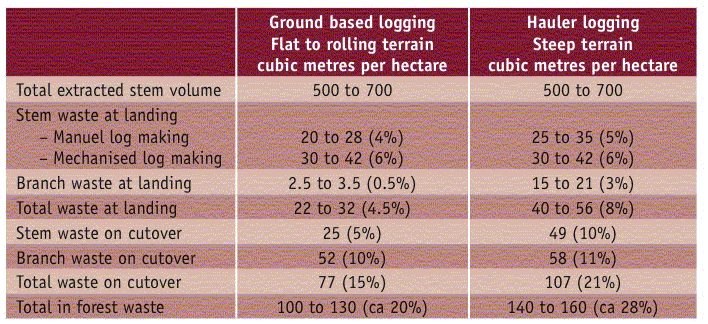
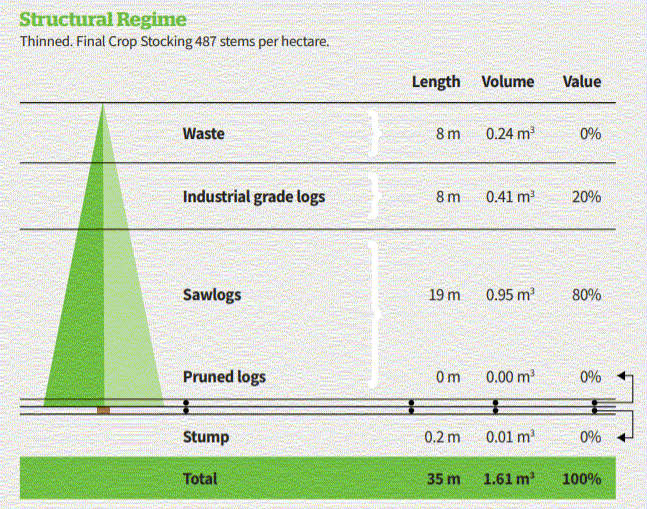
Peter Hall, New Zealand Tree Grower November 2007.https://www.nzffa.org.nz/farm-forestry-model/resource-centre/tree-grower-articles/november-2007/forest-residues-for-bioenergy/
The data is for a ‘good’ tree, this ignores the ‘bad’ trees some of which might be 100% waste
https://www.nzfoa.org.nz/images/Facts_and_Figures_2018-2019_Web.pdf
A harvest crew working at a productive skid site can send out 800tonne of logs per day.
It is safe to assume that such a site is producing 200tonnes of residue per day which could be converted into 100 tonnes of biocoal worth $20,000.
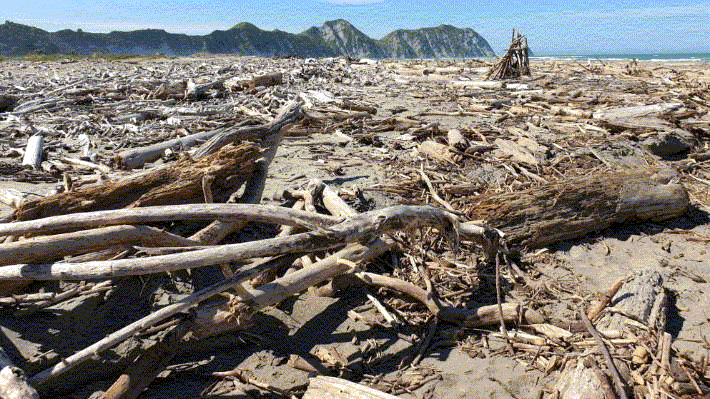

Tolaga Bay reduces the credibility of the forestry industry and its ‘Social License to Operate’.
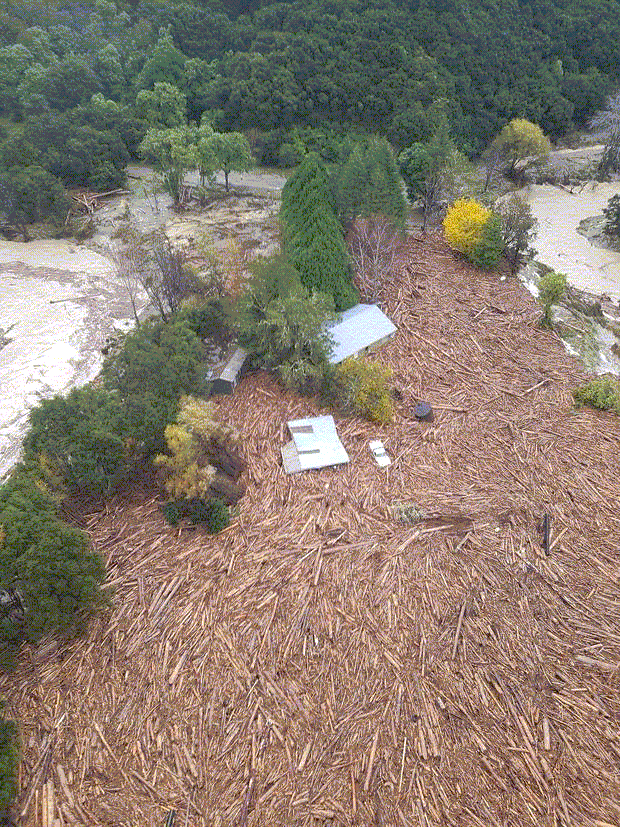
The levels of waste was probably exaggerated by the long distances required to haul logs out to buyers. Thus low value logs were dumped rather than shipped out.
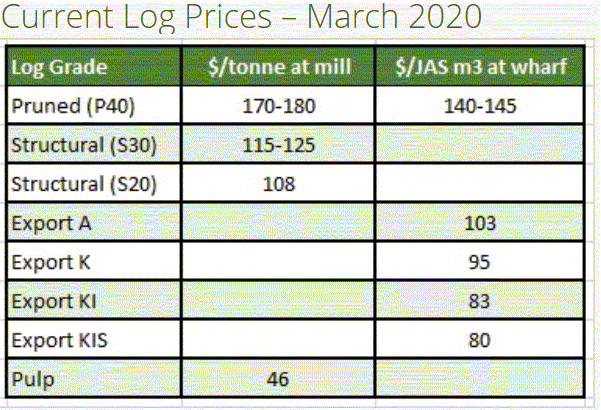
Anecdotally a local Northland forest company has harvest costs at $40 per tonne and transport to port as $20 per tonne.
So margin over harvesting leaves $20 per tonne for the forest owner for low priced logs. Sometimes net revenue is negative and harvest leaves the forest owner with a bill.
Pulp logs in this case are worth more as energy, ie Biocoal




